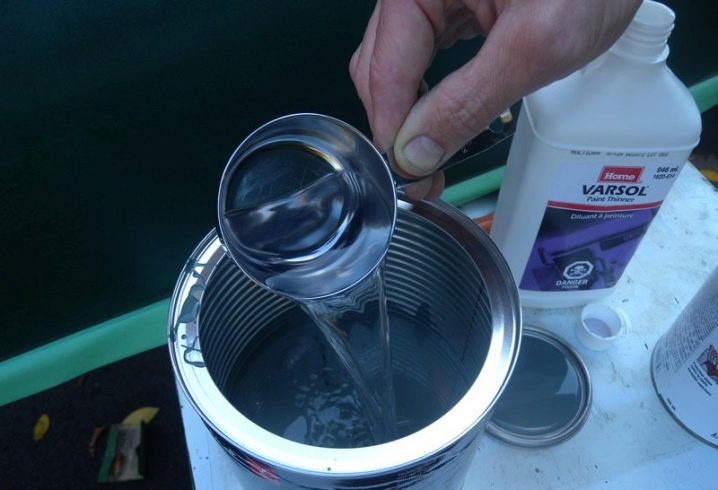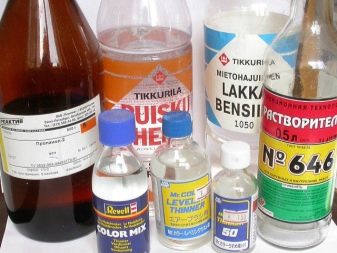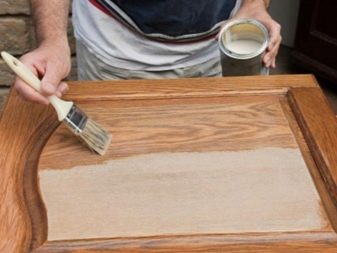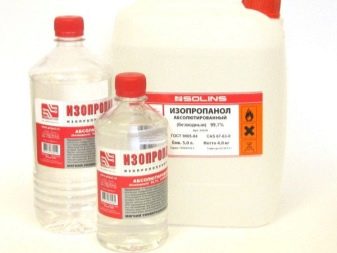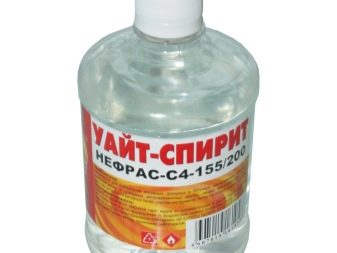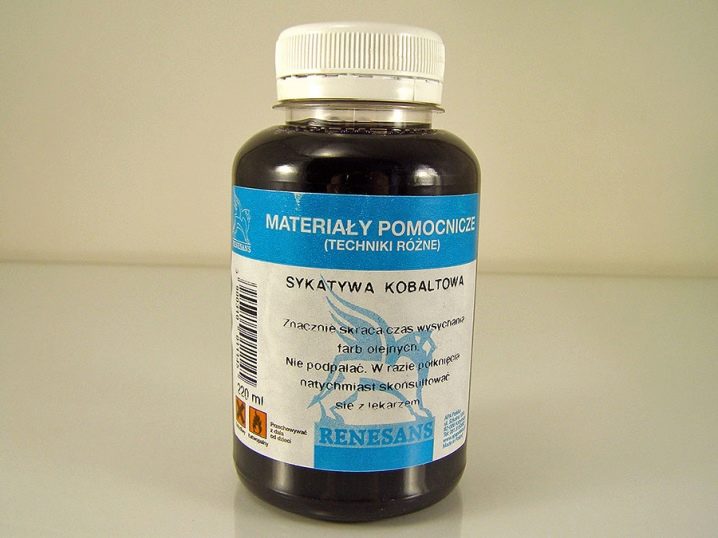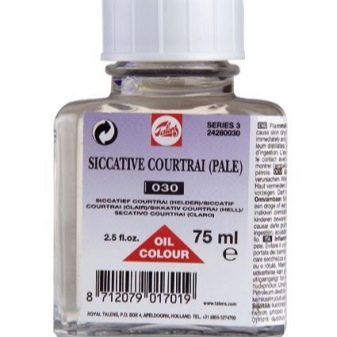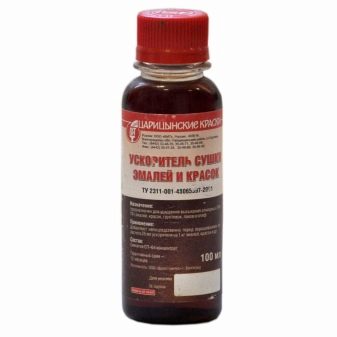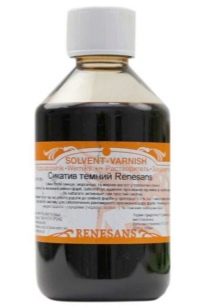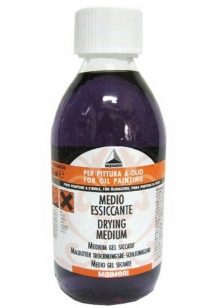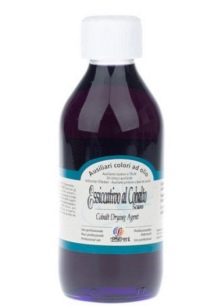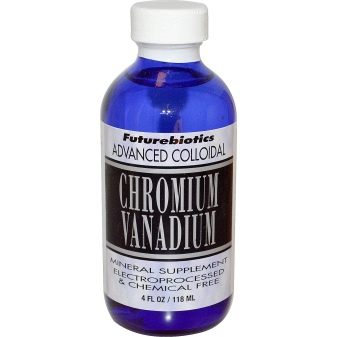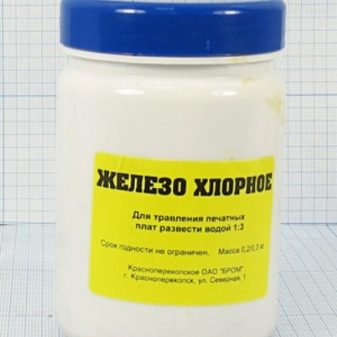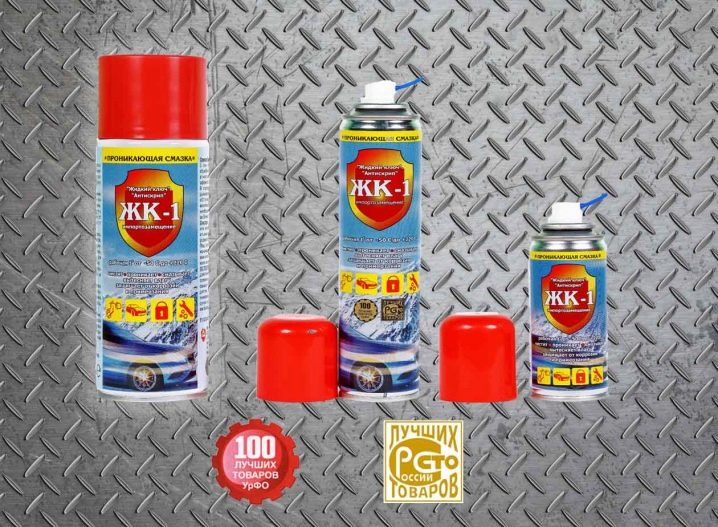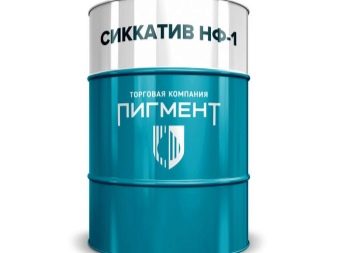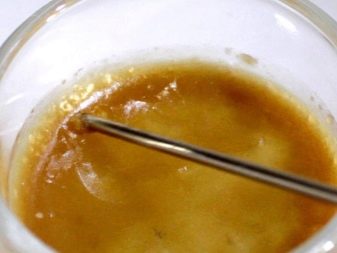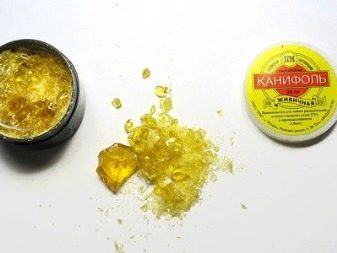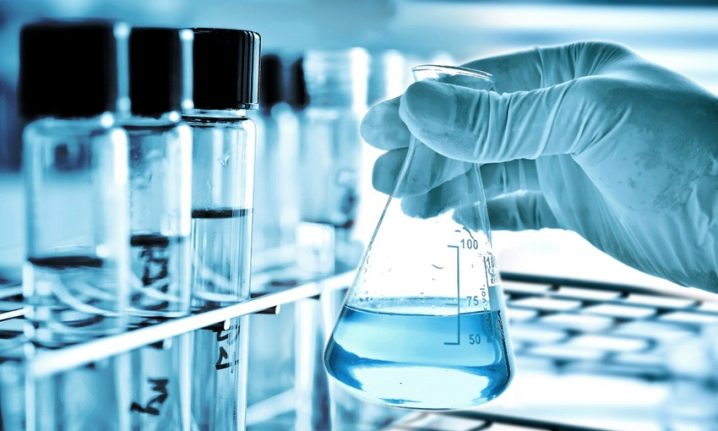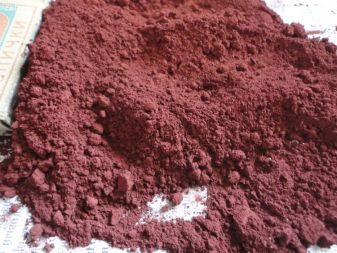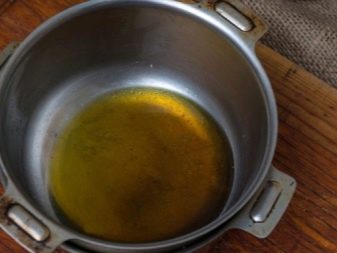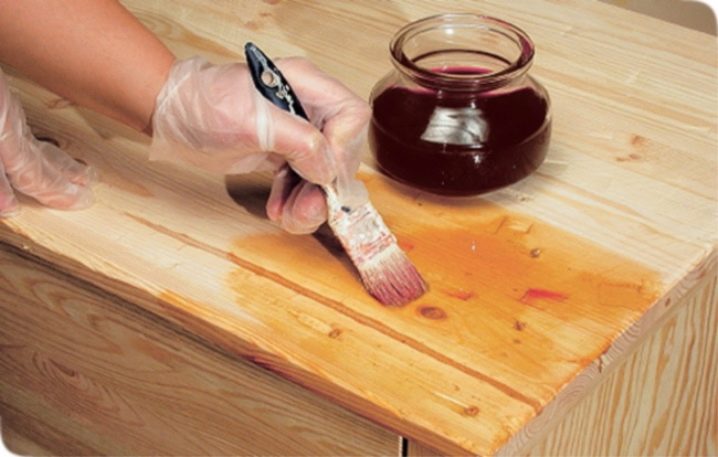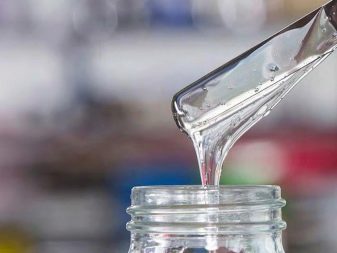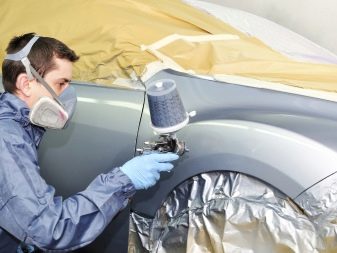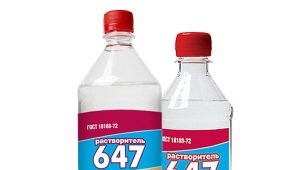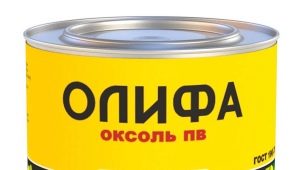Dryers: characteristics and scope of application
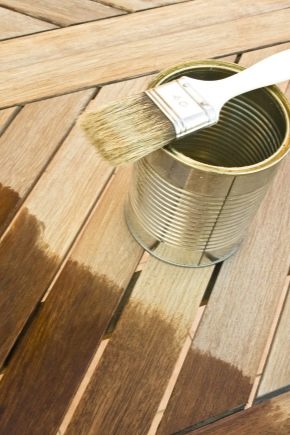
Various additives and fillers allow you to change the characteristics of paints, which gives manufacturers the opportunity to make different formulations based on the conditions and scope. Siccativa are substances that accelerate the chemical hardening of oil-containing film formers.
What it is?
Desiccants are active catalysts of the process in the formation of a film of materials, based on binder components, drying out during the oxidation of oxygen. Today, these catalysts are carbon soap.
Siccativas were used 4500 years ago in Egypt, when natural components or metals were used for quick drying of the surface.
The formation of the film in the process of oxidation by air oxygen occurs in several stages:
- oversaturation of the painted surface with oxygen;
- peroxide formation;
- peroxide cleavage and the formation of free radicals;
- the formation of polymers binder components.
In a redox reaction, metals transfer oxygen and trigger the formation of peroxides, moving oxygen molecules to the double bonds of the film former. These metals further contribute to the cleavage of peroxides and the formation of free radicals.
Modern manufacturers produce catalysts according to GOST 1003 73 in the form of solutions in solvents such as isopropylene, light paraffins and white spirit, which makes it easy to mix them with paints and varnishes.
Kinds
By content
According to the content of metals there are several types of desiccants.
- Cobalt catalysts are the most famous and effective. But the use of cobalt without additives as shiccativa leads to the formation of shagreen, the formation of a thin film, as a result of which most often this component is used only in combination with magnesium, lead, zirconium, calcium.But also cobalt tends to increase its viscosity in combination with undiluted binder. The positive quality of cobalt is that it allows you to get a white surface, because its true blue tint eliminates the yellowness of the binder components and increases the whiteness of the film-forming.
- Manganese Catalysts are also widely used siccatives, but their action is not as effective as cobalt. But when using them at sub-zero temperatures, the best result is obtained. And also manganese siccatives form shagreens with an increased level of moisture. The main disadvantage of manganese - change the color of the surface after applying the composition. Therefore, it is used in those places where the change in shade does not matter.
- Calcium Catalysts are considered ineffective, but together with active metals their use increases several times. Calcium is most effective in combination with cobalt at high levels of moisture or sub-zero temperatures. Despite the significant lack of calcium desiccant is the most commonly used.
- Driers lead based not active, therefore they are often used in combination with active catalysts: it can be iron octanate, copper sulphate. The most important advantage of lead over other driers is the acceleration of film formation over the entire thickness of the coating surface. But there is also a significant lack of lead catalysts - toxicity, limited solubility, one-metal compounds are poorly compatible with them, as a result of which their use is not recommended at the present time.
- Zinc In the process of forming film-forming agents, desiccants support an “open film”, prevent shagreens, and are highly effective agents. This catalyst can be introduced into the paint in large doses, since there is no change in the shade of the coating. While describing this catalyst, one should not forget that it stabilizes other catalysts, increases the strength and gloss of the coating.
- Zirconia catalysts replace lead driers. They have the following advantages over other agents: low color, resistance to yellowing of the surface and a long shelf life.
- Driers vanadium provide good drying of the surface and internal coating. Improved drying is manifested especially in the combination of vanadium with zinc, zirconium and strontium. However, due to its high cost and dark color, it is intended for special-purpose surfaces.
- Catalysts gland best of all provide accelerated drying of the coating throughout the thickness of the coating. Iron exhibits low activity at ordinary temperature, and at high, its efficiency rises sharply. Since this desiccant has a dark shade, which causes yellowing of the coating, it is therefore used for painted surfaces.
According to the method of obtaining
According to the method of obtaining desiccants are divided into two types.
Fused
They are obtained by heat treatment of oils and resins, followed by their melting with metals. The most common fused catalyst - LCD 1which consists of several metals with different valencies in the composition of fatty acids. The desiccant is used for alkyd materials, as well as for flax oil.
LCD 1 - a clear liquid mixture with a proportion of non-volatile components up to 25%.
Due to the presence of various solvents in the composition, as well as manganese and lead, the finished catalysts are extremely toxic and fire hazardous.
The shelf life is six months, after which the desiccant is not recommended.
Precipitated
Receive as a result of chemical reaction of metals with acids of salts. Such driers have one important advantage over fused ones - the constant content of active metals. A widely used precipitated siccative is NF 1, which is added to alkyd and oil formulations, drying oils and varnish. Externally they have the form of a transparent homogeneous mixture without any impurities.
Preparation method
Industrial
In industry, two technologies are used to produce catalysts: "dry" and "wet." Production by the second method is a laborious process, but the catalysts obtained are more qualitative than the dry mixers obtained by the dry method.
The essence of the dry method: metal oxides are added to rosin, to naphthenic acids or to vegetable oils. Moreover, any base must be heated or melted. As a result, the formation of metal salts - soap.
A significant disadvantage of this method is the partial destruction of the compounds under the influence of high temperatures, which leads to the formation of solutions of metal oxides,reduced efficiency and shade of the catalyst. And this process is considered to be fire hazard due to the complexity of heat regulation and the formation of foam in large quantities.
In the wet method of making catalysts, metal salts dissolved in water and abietic acids are used. When mixing dissolved in water, a desiccant is formed - the catalyst. The most common siccatives obtained in this way are naphthenates, metal salt desiccants.
Comparing dry and wet methods of obtaining desiccants, preference is still given to the second method. But due to the stability of the stoichiometric ratios and the absence of high-temperature effects, their composition contains more active metals, they are also colorless, and their production is safe.
At home
The recipe for making a do-it-yourself desiccant is nothing complicated. To obtain a catalyst for the addition to the paintwork material, resins are used. 50 grams of rosin are put into a metal or porcelain container, then melted at 250 degrees. It is necessary to stir the substance periodically, after full melting add a little quicklime. Then it is necessary to stir the solution until a homogeneous mass.
Periodically it is recommended to check if the composition has not become transparent. As soon as it was possible to obtain a completely transparent mixture, the heating should be stopped.
In the same way, manganese oxide can be made by calculating the amount of sodium sulfite and potassium permanganate. When they are mixed, a dark, powdered precipitate is obtained, which must be filtered and thoroughly dried in air. Heating in this case is highly undesirable, since when heated in the air toxic gases are released.
Application
Siccativa added to paint products based on oils, various resins, oil paints for accelerated drying of the latter, as well as for water systems. With the introduction of a certain amount of catalyst, these materials will dry with the greatest speed. The required amount of desiccant is usually indicated on the label of the package or in the instructions for use of the mixture.
An excess of catalyst can lead to the opposite effect: delayed drying process.
Manufacturers
Today, manufacturers of industrial catalysts produce compounds that are ready to use.Unlike home catalysts, they have several advantages: good quality, optimal ratio of various metals.
Among foreign manufacturers of dryers can be distinguished company Octa Soligen. It is important to note that many European manufacturers of paintwork materials use Octa Soligen dryers as part of their products.
Such a wide distribution of these catalysts is due to high efficiency.
Due to the use of multimetal catalysts based on naphthenic acids, it is possible to reduce the volume of the catalyst in the binding agent by up to 10-15 times, which allows to reduce the cost of the finished composition.
Domestic manufacturer "BaltHim" is no less popular chemical raw materials of its own production. It offers the highest quality catalysts with good drying time characteristics.
Baltkhim driers are used as auxiliary substances in the composition of:
- oil paints and organic enamels;
- varnishes of all types.
You will learn more about siccatives from the following video.
